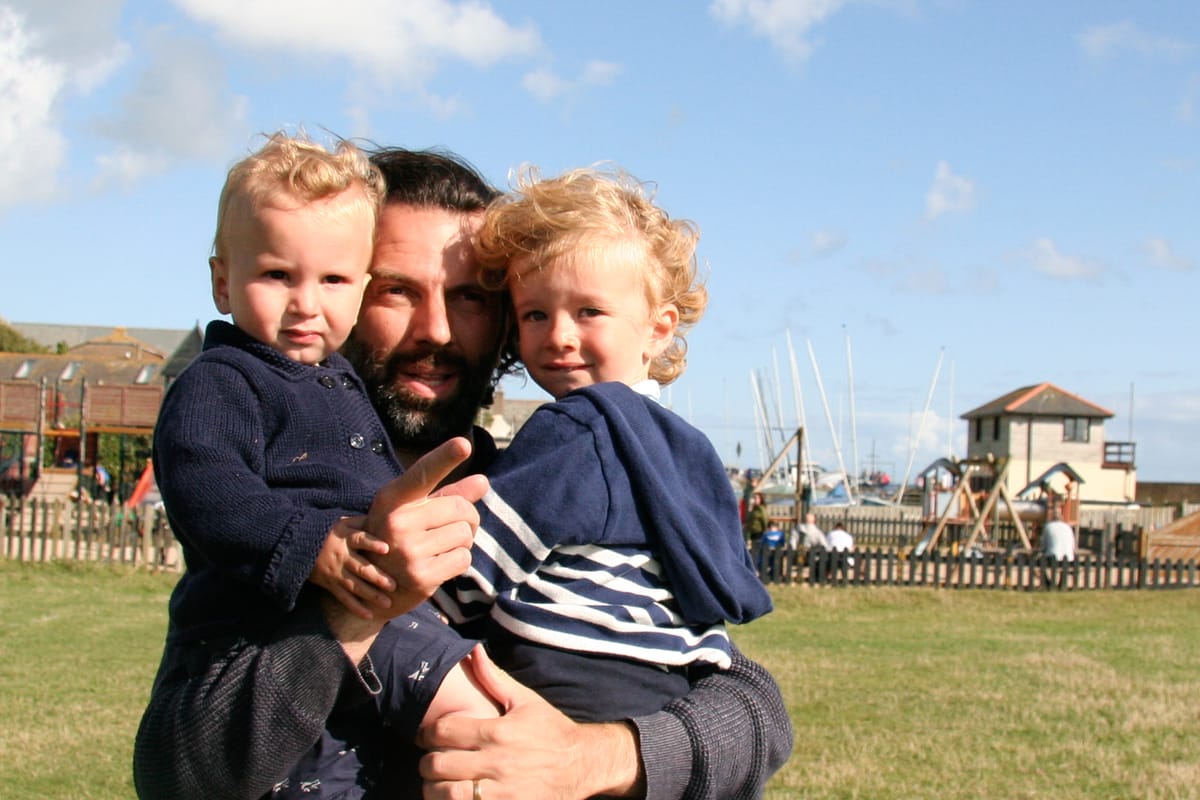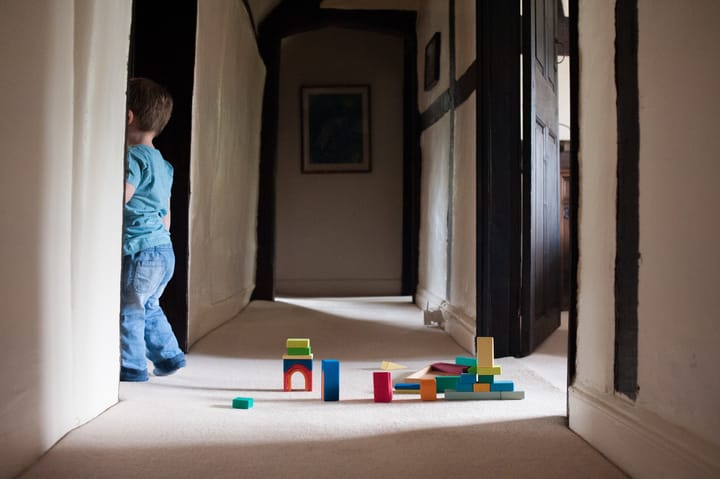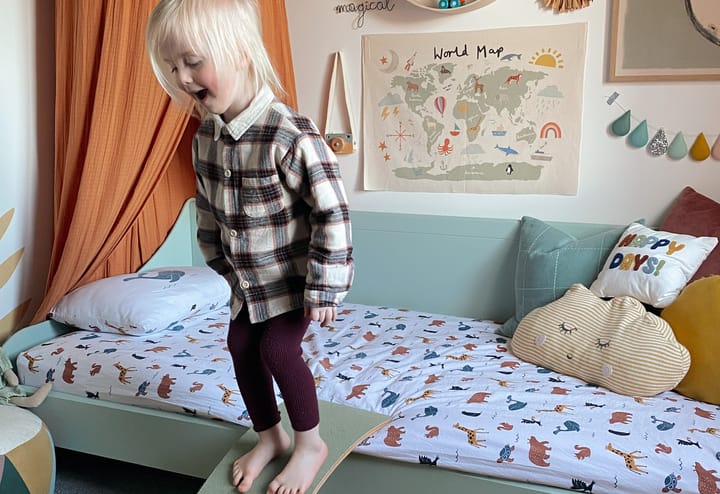Return to the breath

Teaching your child lifelong self-regulation through mindful breathing
My son finds it hard to switch off at night.
An hour after lights have gone off, I hear a voice.
"Are you there, Dad? I can't sleep."
"What's wrong, son?"
"I'm having bad thoughts."
This usually means he’s worried about something that happened during the day or that he read in a book at bedtime. As he gets older, the themes in his books get darker: children are orphaned, homes are destroyed, people are kidnapped.
"I don’t want you to die, Daddy."
That’s a tough one to tackle at bedtime.
So I sit with him. I comfort him. I lie next to him until he sleeps.
These worries first surfaced around the age of five. It’s a time when children begin to grasp the irreversibility of death and the unsettling concept of "forever." Their developing understanding introduces them to fears they’ve never had to process before.
This isn’t a topic a child should be left to digest alone.
But, over the years, there have been times when his mind was racing but the worries were less severe.
How could I help him to self-regulate in these moments?
One night, early on, I found myself holding him in my arms as he struggled to slow his breathing. I deliberately—and audibly—slowed my own breathing. As my chest rose and fell, his breathing fell into line, mirroring mine.
"Try to take deeper breaths," I said. "Count in for four breaths, then out for four. Feel your heart rate slowing down."
I have done a lot of yoga and meditation over the years. Could my son learn a simple breathing meditation?
Years later, I’ve seen the results: not just at bedtime, but during moments of frustration or anger. He closes his eyes, breathes deeply for ten seconds, and restores his balance. The breath has become his anchor, a tool he now carries with him for life.
Materials needed
- None.
Instructions
- Introduce the idea. Explain to your child that focusing on the breath can help calm their mind and body. Say, "Let’s learn a special way to breathe that can make you feel better when you’re worried or upset."
- Focus on the breath. Encourage her to pick one area to notice: the air coming into her nose, the rise and fall of her chest, or the feeling of her tummy expanding and contracting.
- Use a counting rhythm. Have her breathe in for four counts and out for four counts. Count together audibly at first.
- Redirect wandering thoughts. Explain, "If your mind wanders, that’s okay. Just notice it and gently bring your attention back to your breath."
- Practice letting go. Teach her to observe thoughts as if they are clouds passing by, saying, "They are not real; they’re just passing through."
Tips
- Make it approachable. For younger children, frame the exercise as a game, like pretending to blow out birthday candles or breathing like a sleeping dragon.
- Start small. Begin with just a minute or two and gradually extend the time as she gets more comfortable.
- Practice regularly. Use this technique not just at bedtime, but during calm moments to build familiarity.
- Model the behavior. Practice alongside her so she can mirror your calm energy.
Expected outcome
- Emotional regulation. Helps your child manage worries, frustrations, and big emotions.
- Improved focus. Anchors her attention and quiets racing thoughts.
- Lifelong tool. Instills a self-regulation strategy she can use independently throughout her life.
Why this works
Return to the Breath draws on the principles of mindfulness and diaphragmatic breathing, both of which have been shown to reduce stress and anxiety. Slow, deliberate breathing activates the parasympathetic nervous system, lowering heart rate and cortisol levels while promoting a sense of calm.
Focusing on the breath provides a grounding anchor for the mind, giving your child something tangible to focus on rather than abstract worries. Over time, the practice builds emotional resilience, empowering her to navigate challenging emotions with confidence and self-awareness.
Further Reading:
For more on mindfulness practices for children, check out Sitting Still Like a Frog by Eline Snel.
Final word
Return to the Breath may not offer instant results, but with patience and practice, it becomes one of the most powerful tools your child can have. From soothing bedtime worries to managing daytime frustrations, this simple practice teaches her that she has the power to regulate her emotions. Try it tonight, and watch as your child discovers the lifelong magic of mindful breathing. Share your experiences in the comments below, and subscribe to our newsletter for more tools to support your child’s emotional growth.



Comments ()